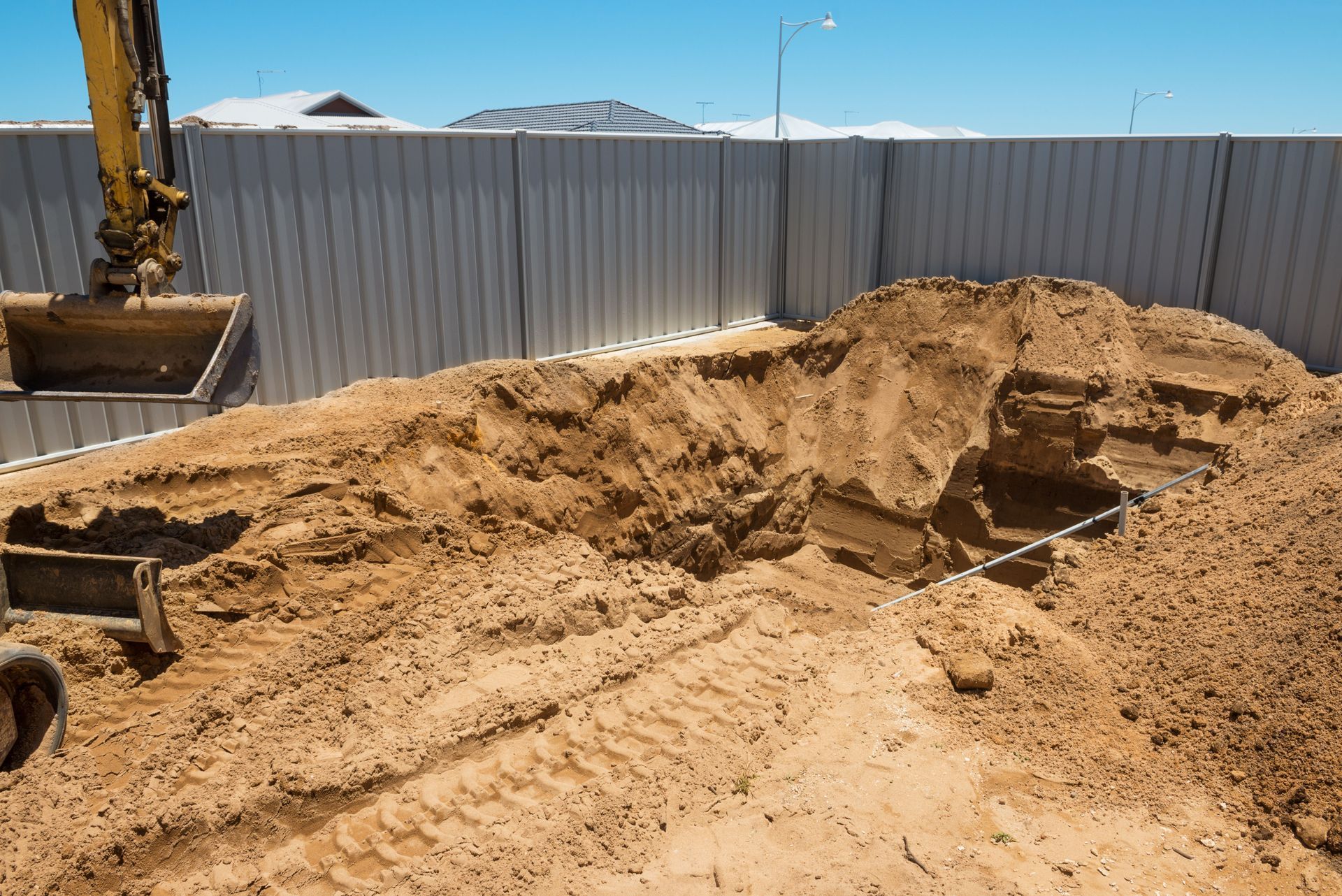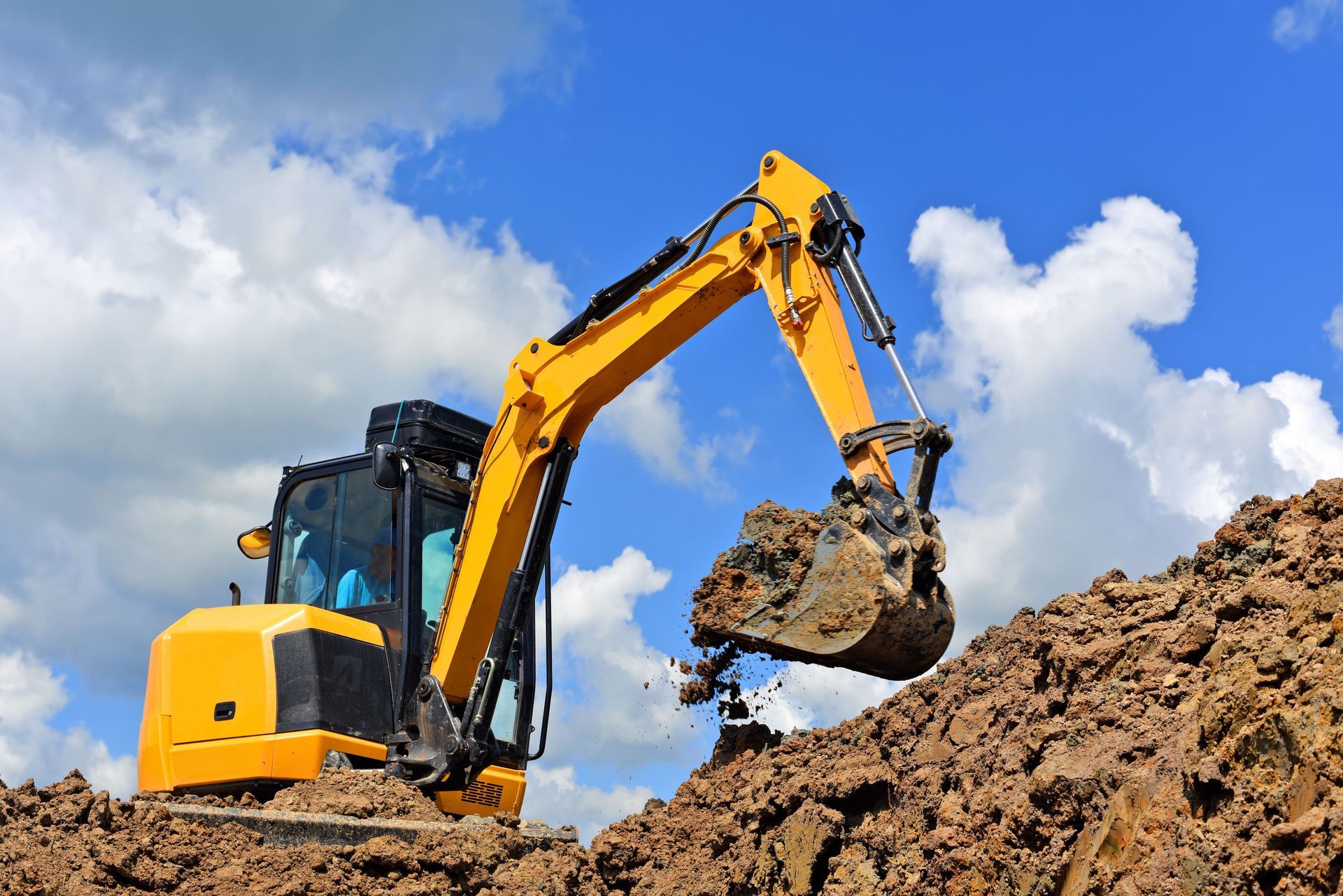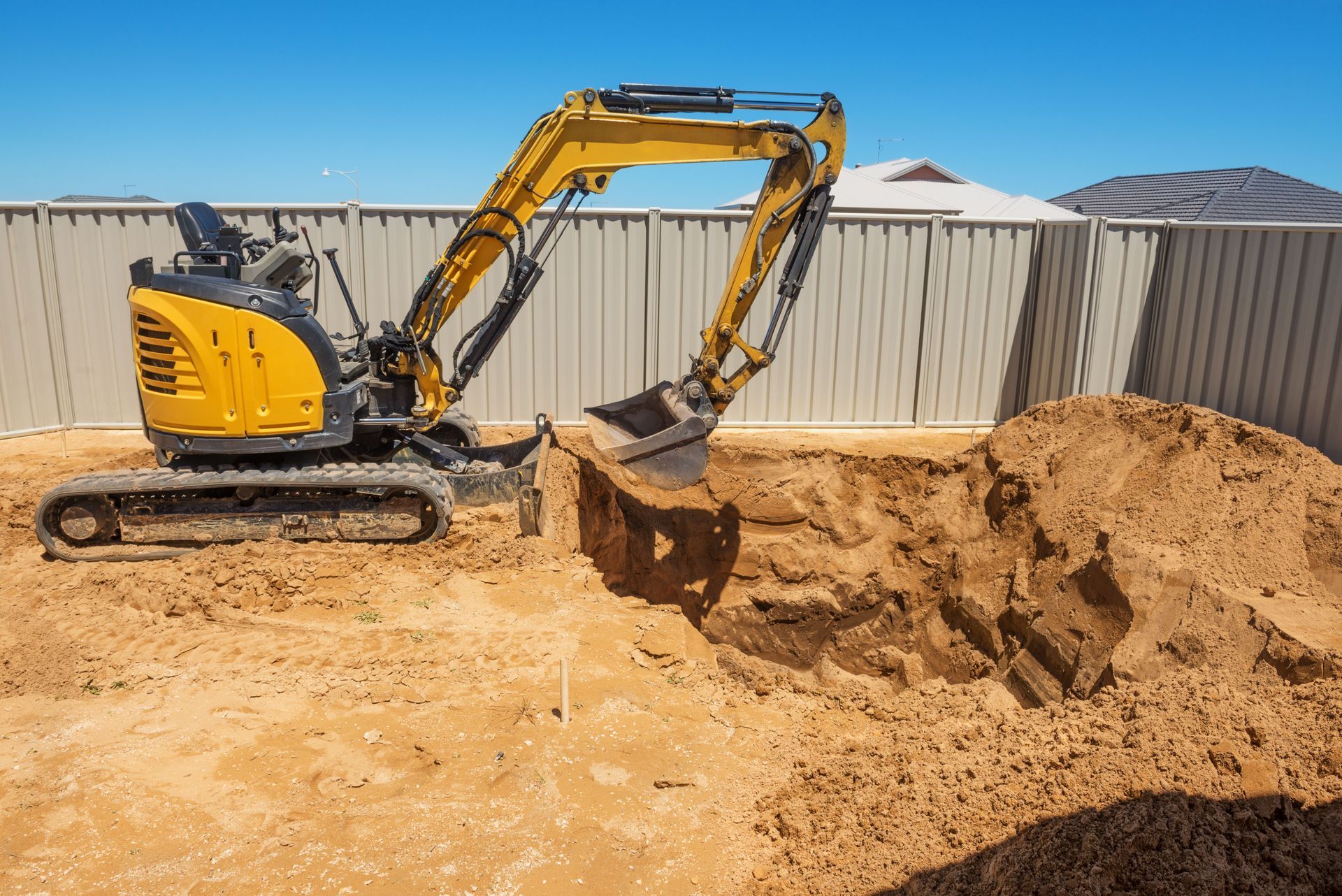The Importance of Professional Site Preparation for Building Success
Site preparation is a critical initial stage in the construction process that lays the foundation for the success of any building project. It involves a series of essential activities that ensure the land is ready for development, addressing potential challenges, and setting the stage for efficient building progress. In this blog, we will explore the vital aspects of professional site preparation contractors and their impact on the overall outcome of construction projects.
Understanding Site Preparation
Acknowledging Definition and Scope
Site preparation encompasses the comprehensive work required to ensure a construction site is ready for building. This involves determining the feasibility of the site, addressing legal regulations, and executing physical tasks like clearing and excavation. Effective site preparation manages risk and uncertainty, promoting safe and sustainable construction practices. By sourcing expert opinions and professional services from site preparation contractors, builders can better ensure adherence to safety standards and regulatory compliance. Proper site preparation is critical not just for the immediacy of construction but for the project's long-term success.
Learning the Stages of Site Preparation
The site preparation process is generally broken down into distinct stages, from site evaluation to the final review. Initially, experts conduct feasibility studies that examine the site's current state and potential pitfalls. This is followed by surveys and marking the site based on the project's specifications. Cleared and prepped land is then ready for excavation before progressing to infrastructure work such as drainage and utility planning. Each stage is meticulously planned to ensure consistent progress without disruptions.
Knowing the Professional Roles Involved
The complexity of site preparation requires a cohort of professionals, each contributing specialized knowledge. Civil engineers, land surveyors, environmental consultants, and construction managers work collaboratively to address various aspects of the project. This teamwork ensures that resources are used efficiently and any potential legal or environmental hurdles are navigated skillfully. Additionally, having appropriate experts greatly aids in risk assessment and mitigation, both critical in preventing costly oversights. A coordinated team forms the backbone of successful site preparation contractors.
Considering Costs and Budget
Budgeting for site preparation is a complicated undertaking, needing detailed estimations and foresight. Costs often vary based on the site's unique characteristics, such as soil condition and legal constraints. Importantly, developers must account for unexpected expenses that may arise from unforeseen complications. Cost overrun risk can be mitigated by thorough initial assessments and consultations with financial experts. These considerations ultimately help keep projects within budget and on schedule.
Creating a Timeline for Completion
Establishing a timeline for site preparation is crucial for maintaining momentum and project synchronization. Clear timelines ensure that phases of construction align smoothly, preventing delays that could disrupt the entire project. Flexibility should also be built into these schedules to accommodate changes or unforeseen events. Estimating a timeline relies on the complexity of the tasks and external factors like weather conditions. By setting realistic goals and constantly revisiting timelines, construction managers can ensure on-time performance.
Testing Soil and Analysis
Using Soil Tests
Soil testing is paramount in identifying the types of soil present, each of which has different characteristics affecting construction. Basic soil tests include grain size distribution, Atterberg limits, and compaction tests. More advanced tests might analyze soil for chemical properties or the presence of contaminants. The results guide structural engineers and site preparation contractors in making decisions about foundations and soil stability solutions. Comprehensive soil analysis ensures that structures are built on solid ground.
Assessing Soil Bearing Capacity
The bearing capacity of soil is a crucial factor that determines a project's structural integrity. Investigating bearing capacity involves measurements that assess how much weight the soil can safely handle. This informs engineers in their calculations for suitable foundation designs. Areas with poor bearing capacities may require specialized foundation solutions such as piling to improve stability. Proper assessment minimizes structural failure risks.
Studying Soil Conditions
Additionally, soil conditions directly impact both the architectural design and the methods of construction used for a project. Poor soil conditions might necessitate deeper foundations, prompting additional engineering measures. Spanning structures also require adjustments based on soil softness or moisture content, which can greatly influence material choice. Failure to accommodate these variables can lead to significant structural problems over time. Hence, integrating soil analysis results into design decisions is essential for resilience and longevity.
Mitigating Soil-Related Issues
Soil-related challenges can present significant obstacles, but early identification allows for effective mitigation strategies. Techniques such as soil stabilization, preloading, and drainage improvement are employed to counter potential failures. According to Murray State, OSHA requires protective systems for trenches five feet (1.5 meters) or deeper, illustrating the necessity for safety in addressing soil issues. These measures reduce risks and contribute to a seamless construction process.
Conducting Environmental Assessments
Understanding the environmental impact of site preparation is becoming an increasingly important factor. Activities like deforestation, excavation, and transportation of materials can disrupt natural habitats. Conducting an environmental impact assessment helps balance construction needs with ecological preservation. Responsible practices not only minimize environmental harm but can also lead to positive public relations and community support.
Clearing and Excavation Processes
Preparing With Site Clearing Techniques
Efficient site-clearing techniques are fundamental to preparing the land for development for site preparation contractors. Specialized equipment, including bulldozers and chainsaws, is deployed to remove obstacles such as trees, rocks, and debris. The clearing process must balance thoroughness with environmental impact, considering conservation and sustainability practices when possible. Stumps and vegetation are often shredded and recycled to minimize waste.
Excavating the Site
Furthermore, excavation is a vital step that involves the removal of soil to create foundations and install utilities. Proper excavation supports structural integrity by preventing poor ground conditions from undermining the building. The techniques used must consider soil type, moisture content, and other geological factors. Controlling soil stability is paramount, with protective measures ensuring against collapse during digging. Good excavation practices create a reliable basis for further construction work.
Promoting Safety Measures During Clearing
Ensuring safety during the clearing process is non-negotiable, given the high-risk nature of these activities. Personal Protective Equipment (PPE) and ensuring proper equipment handling are crucial precautions. OSHA regulations, such as requiring protective systems for trenches exceeding 5 feet, ensure worker safety on site, as indicated by Murray State guidelines. Another critical safety measure involves clear communication and adherence to site-specific safety plans. Implementing rigorous safety protocols mitigates accidents and enhances operational efficiency.
Utilizing Equipment for Site Preparation
The equipment chosen for site preparation plays a pivotal role in achieving precision and speed in operations. From bulldozers to graders and compactors, machinery is vital in executing tasks with accuracy and efficiency. Technological advancements have introduced modern machines equipped with GPS and automated systems, ensuring greater precision. The appropriate selection of equipment can also reduce labor costs and increase overall productivity.
Overcoming Challenges in Clearing and Excavation
The clearing and excavation processes are fraught with challenges, primarily due to site-specific variables. Unforeseen obstacles such as underground utilities, rocks, and unexpected soil conditions can cause costly delays. Weather factors, such as heavy rainfall, can further complicate these processes by making sites unsuitable for immediate work. Coordinating with utility companies may also introduce complications relating to relocation or preservation.
Professional site preparation is indispensable for the success of any construction project. It ensures the safety, stability, and efficiency of the building process by addressing potential challenges early on and preparing the site for future development. Contact our site preparation contractors at Ramsey Excavating today.




Share On: